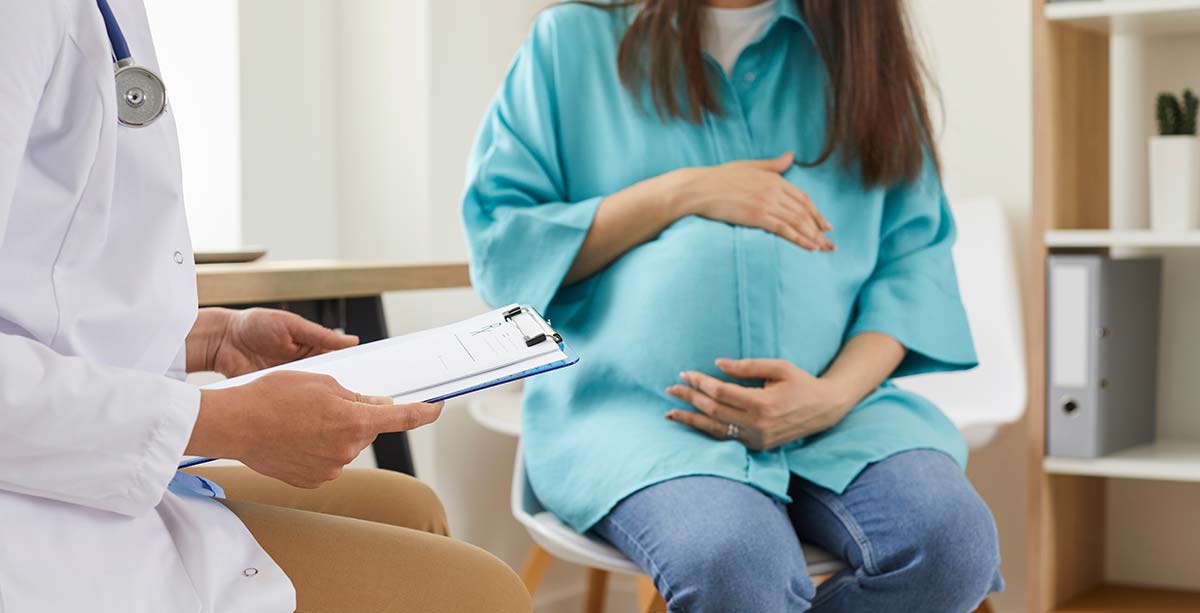When you live and work in rural America, you learn quickly that access to care is everything—and often, it’s the difference between life and death. As a healthcare provider rooted in the Mahoning Valley, I’ve seen firsthand the incredible resilience of rural communities. But I’ve also seen their vulnerability when disasters strike—whether it’s a severe storm, a public health crisis like COVID-19, or a mass casualty event. That’s why strengthening emergency preparedness in rural healthcare systems isn’t just a policy discussion—it’s a matter of survival.
The Unique Challenges of Rural Emergency Response
Rural healthcare systems face a different reality than their urban counterparts. Many operate with limited staff, aging infrastructure, and stretched budgets. Hospitals may be miles apart, and emergency services can take longer to arrive due to the sheer geography. This means rural communities are often the last to receive aid and the first to feel the consequences when systems fail.
For example, during the early stages of the pandemic, we struggled to get adequate PPE and testing supplies. Larger hospitals in urban centers were prioritized. Our rural clinics had to make do—leaning heavily on innovation, creativity, and a deep commitment to patient care.
But we shouldn’t have to “make do” in emergencies. Every community deserves a healthcare system that’s ready, responsive, and resilient.
Building Stronger Local Emergency Plans
The first step to improving preparedness is developing detailed, local emergency response plans that reflect the unique needs of rural areas. This means identifying vulnerabilities—like outdated generators, limited transportation options, or a shortage of ICU beds—and creating strategies to address them before a crisis hits.
We’ve made great strides in involving all stakeholders in the planning process—from healthcare providers to fire departments, school districts, and faith-based organizations. In rural communities, these groups are deeply interconnected. Leveraging those relationships during a crisis can make a significant difference.
Emergency plans should also include contingencies for patient surges, staff shortages, and communication breakdowns. We can’t assume cell towers will always work, or that the internet will always be available. Having backup systems, including two-way radios and analog tools, is essential.
Strengthening the Workforce for Emergencies
One of the most pressing issues in rural healthcare is the workforce shortage. When disaster hits, it’s often “all hands on deck”—but what happens when there aren’t enough hands to begin with?
We need to invest in training and retaining a rural health workforce that’s not only clinically skilled but also trained in emergency response. This includes cross-training nurses and medical assistants to step into different roles during crises, and ensuring all staff are familiar with emergency protocols.
At our facilities, we’ve also built partnerships with local nursing and EMS training programs to create a pipeline of professionals who are committed to serving rural areas. When team members know their community, they’re more likely to stay and invest in its resilience.
Leveraging Technology and Data Sharing
Technology has the power to transform emergency preparedness in rural healthcare, but only if we ensure it’s accessible and reliable. Telehealth, for example, became a lifeline during the pandemic—allowing us to care for patients remotely and reduce exposure risk. But telehealth only works if patients have internet access, and in many rural regions, that’s still a major hurdle.
We need infrastructure investment to close the digital divide. Equally important is ensuring healthcare systems can share data seamlessly across providers and agencies. When time is critical, being able to pull up a patient’s medical history, allergy list, or recent test results can save lives.
I also advocate for centralized dashboards that track hospital bed availability, oxygen supply levels, and staffing capacity across regions. During an emergency, coordination is everything—and it depends on having the right information at the right time.
Collaborating Across Communities and Sectors
Emergency preparedness isn’t just a healthcare issue—it’s a community issue. That’s why collaboration is key. I’ve seen the power of local leaders, schools, businesses, and nonprofits coming together to run drive-through testing sites, deliver medications, or provide shelter during snowstorms.
We’ve also begun conducting regular community drills—simulating events like mass casualty incidents or infectious disease outbreaks—to identify gaps in our response and improve coordination. These exercises have been invaluable in building relationships, clarifying roles, and making sure that when a real crisis hits, we’re not starting from scratch.
Federal and state support plays an important role here, too. Programs that provide emergency preparedness grants, training resources, and infrastructure investment are essential. But the solutions must be locally led—tailored to the realities of rural life.
Putting Patients and Families at the Center
Ultimately, emergency preparedness is about protecting people—the families who rely on us, the seniors who can’t evacuate quickly, the children who deserve to feel safe no matter what.
As we strengthen our systems, we must also communicate clearly with the public. That means providing easy-to-understand instructions, building trust through transparency, and empowering individuals to prepare themselves and their families.
I encourage clinics and hospitals to host community forums, hand out emergency preparedness kits, and create bilingual resources that reflect the diversity of the populations they serve.
A Call to Action
We cannot afford to be reactive when it comes to rural emergency preparedness. We must be proactive, strategic, and deeply committed to equity. Every rural resident deserves the same level of protection and preparedness as those in metropolitan areas.
As someone who has spent her career in rural health, I, Lena Esmail, believe that resilience begins with readiness—and readiness begins with investment. Investment in people, in infrastructure, in partnerships, and in purpose.
Let’s ensure our rural healthcare systems are not only surviving—but thriving—when the next emergency comes. Because lives depend on it.


